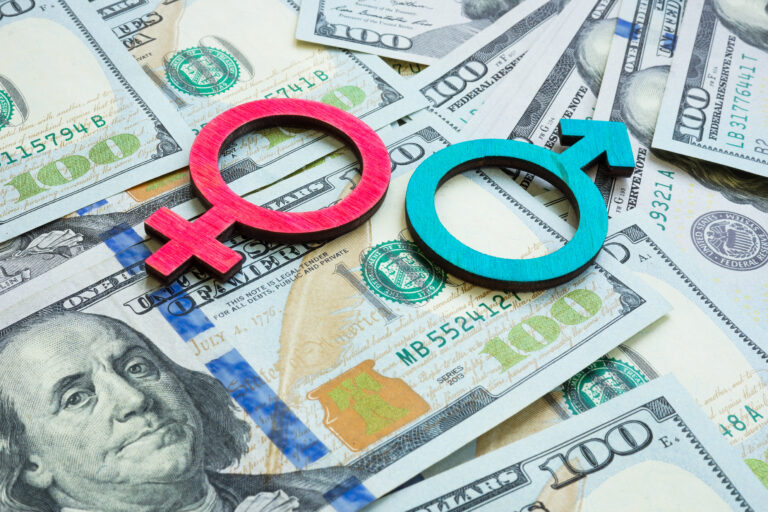Persistent Gender Pay Gap in Healthcare and Academia Despite Legislation Efforts
October 11, 2023

Despite laws to eliminate sex-based wage disparity, women continue to experience pay inequality across all industries, prominently in healthcare. Women, making up two-thirds of the global healthcare workforce, were paid an average of 82% of what men earned in 2022. The gender pay gap is more expansive in higher income categories, while women are predominantly employed in lower-wage jobs. Female physicians, for example, even when controlling for factors like specialty, location, and experience, earn approximately $110,000 less than their male counterparts.
In the academic field, including health economics, the representation of women is notably low, particularly in research-oriented economics departments. Across 238 universities and business schools, women hold 25% of senior and 37% of junior-level positions while earning 82 cents for every dollar their male counterparts earn.
Retail pharmacy, dominated by women, enjoys almost equal salaries between genders. However, even in academic pharmacy, there’s a male-favored wage discrepancy of over $20,000 at the associate professor level. The wage gap has remained consistent since the early 2000s.
The 2023 Nobel laureate in economics, Professor Claudia Goldin, has identified key factors driving this gender pay gap, such as lower rates of promotion and leadership advancement for women, often due to childcare responsibilities. Studies suggest women spend approximately three times as much time on care and domestic work as men. Solutions may require societal changes in views toward part-time employment and a shift in established behavioral patterns regarding childcare responsibilities.
To read more, click here.
[Source: Forbes, October 10th, 2023]






